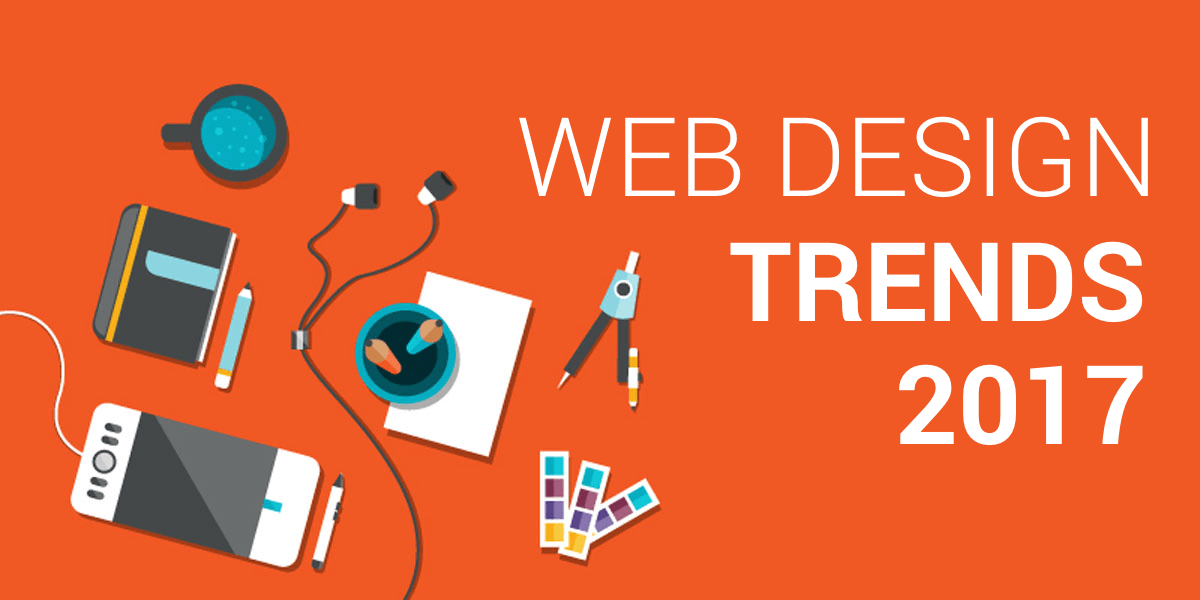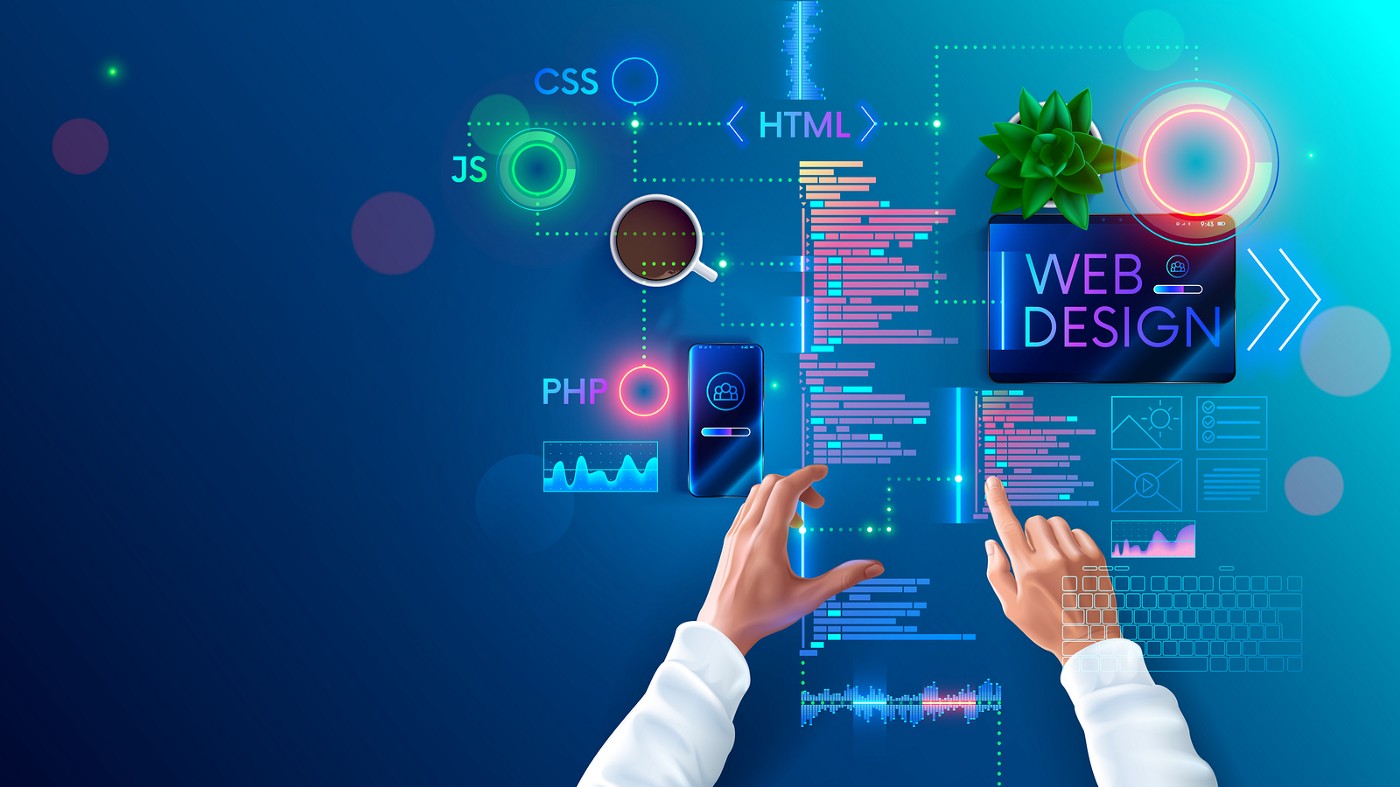Professional Aligned Position Web Design: Custom Websites Tailored to Your Business Needs
Professional Aligned Position Web Design: Custom Websites Tailored to Your Business Needs
Blog Article
The Very Best Kinds Of Website Design to Boost User Experience and Interaction
In the ever-evolving landscape of electronic interaction, the effectiveness of Web layout considerably influences individual experience and engagement. Numerous layout methods, such as minimal, responsive, and interactive designs, each offer distinct benefits that can provide to varied user requirements.
Minimal Website Design
As digital landscapes become significantly messy, minimal website design has become an effective technique to boosting user experience. This layout approach prioritizes simplicity, concentrating on vital aspects while removing unneeded distractions. By making use of enough white area, straightforward navigating, and a minimal color combination, minimalist style cultivates clarity and directs individual attention to essential material.
The core principle of minimalist Web layout is to create a smooth communication for individuals. By minimizing cognitive lots, users can quickly understand info without feeling bewildered. This direct technique not only improves usability however additionally motivates involvement, as visitors are more most likely to check out a site that is aesthetically attractive and easy to navigate.
Additionally, minimalist design usually emphasizes typography and images, utilizing these elements tactically to communicate messages efficiently. In significance, minimalist Web style is not just a pattern; it is a thoughtful approach that acknowledges the importance of user-centered style.
Responsive Web Design
In today's varied electronic setting, receptive Web layout has actually become vital for creating a seamless user experience throughout a plethora of gadgets. As users gain access to sites on smart devices, tablets, laptops, and desktops, the capacity of an internet site to adapt its format and web content to different screen dimensions and resolutions is crucial.
Receptive website design uses versatile grids, photos, and CSS media queries to make sure that Web content is provided efficiently, no matter the device made use of. This strategy not just enhances the aesthetic allure of a website yet likewise dramatically boosts usability. Customers are most likely to involve with a site that offers a consistent experience, as it eliminates the irritation of having to focus or scroll exceedingly.
By embracing receptive design, businesses can enhance their visibility and get to a more comprehensive audience. In recap, receptive Web layout is a fundamental technique that boosts individual experience, engagement, and total complete satisfaction.
Interactive Web Design
Receptive Web layout prepares for boosting customer experience, yet interactive Web design takes this a step even more by engaging users in an extra dynamic means - Aligned Position Web Design. By integrating elements such as computer animations, clickable prototypes, and real-time feedback, interactive website design astounds individuals, attracting them right into a richer surfing experience
This approach not just promotes involvement however additionally encourages individuals to explore material actively as opposed to passively eating it. Techniques such as gamification, where customers gain incentives for completing jobs, can significantly improve the moment spent on a site and boost general complete satisfaction. Interactive functions can simplify complex information, making it extra pleasurable and digestible.

Incorporating interactive layout components can also cause higher conversion rates, as individuals are more probable to engage with a site that actively entails them. Aligned Position Web Design. Inevitably, interactive website design changes individual experiences into remarkable trips, making sure that site visitors return time after time
Apartment Style
Identified by its minimalistic strategy, flat great site design emphasizes simplicity and functionality, removing away unneeded aspects and focusing on essential features. This layout philosophy focuses on functionality, making certain that customers can browse interfaces with convenience and effectiveness. By utilizing a clean visual, flat style eliminates the mess commonly found in extra ornate designs, thereby boosting customer concentrate on content and functionality.
The hallmark of flat design exists in its use bold colors, straightforward typography, and geometric shapes. These components add to a visually attractive user interface that is both approachable and modern-day. Furthermore, level design cultivates a sense of quality, permitting users to determine important actions and information without disturbance.
Furthermore, flat layout is specifically efficient in receptive Web design, as its simpleness translates well across numerous tools and display dimensions. The lack of intricate appearances and slopes decreases filling times, which is important for preserving user interaction. As electronic landscapes remain to evolve, level design remains an appropriate selection for creating straightforward internet sites that boost general experience. By concentrating on necessary functions, flat style not just satisfies customer requirements yet likewise encourages seamless communication, making it an important element of effective website design techniques.
Flexible Web Layout
Flexible website design customizes the individual experience by producing numerous fixed layouts customized to various screen sizes and gadgets. why not check here Unlike receptive layout, which fluidly adjusts a single design, flexible style utilizes distinct layouts for particular breakpoints, making certain optimum presentation on different platforms. This strategy allows developers to concentrate on the unique attributes of each gadget, enhancing use by providing specifically what users need based upon their context.
One of the primary advantages of adaptive website design is its ability to enhance lots times and efficiency. By serving tailored content and photos that fit the user's tool, internet sites can decrease data use and enhance loading speeds. This is especially advantageous for users with slower connections or restricted data plans.
.png)
In addition, adaptive style promotes a more consistent and regulated branding experience. Because designers produce multiple designs, they can make certain that the visual elements line up with the brand's identification throughout different platforms - Aligned Position Web Design. This results in a cohesive user experience, boosting engagement and promoting customer retention
Final Thought
Finally, the integration of minimal, responsive, and interactive website design concepts considerably improves user experience and engagement. Minimal style promotes clearness and emphasis, while responsive layout makes sure flexibility across numerous tools, promoting access. Interactive style mesmerizes individuals through vibrant elements, motivating exploration and customization. Jointly, these style comes close to add to the production of user-friendly environments that not only boost fulfillment yet also drive greater conversion prices, highlighting their essential importance in modern Web layout strategies.

Minimalist design promotes clearness and focus, while responsive style makes sure flexibility throughout different devices, promoting accessibility. Jointly, these style approaches add to the development of user-friendly atmospheres that not only boost fulfillment but additionally drive higher conversion prices, emphasizing their crucial importance in contemporary Web design approaches.
Report this page